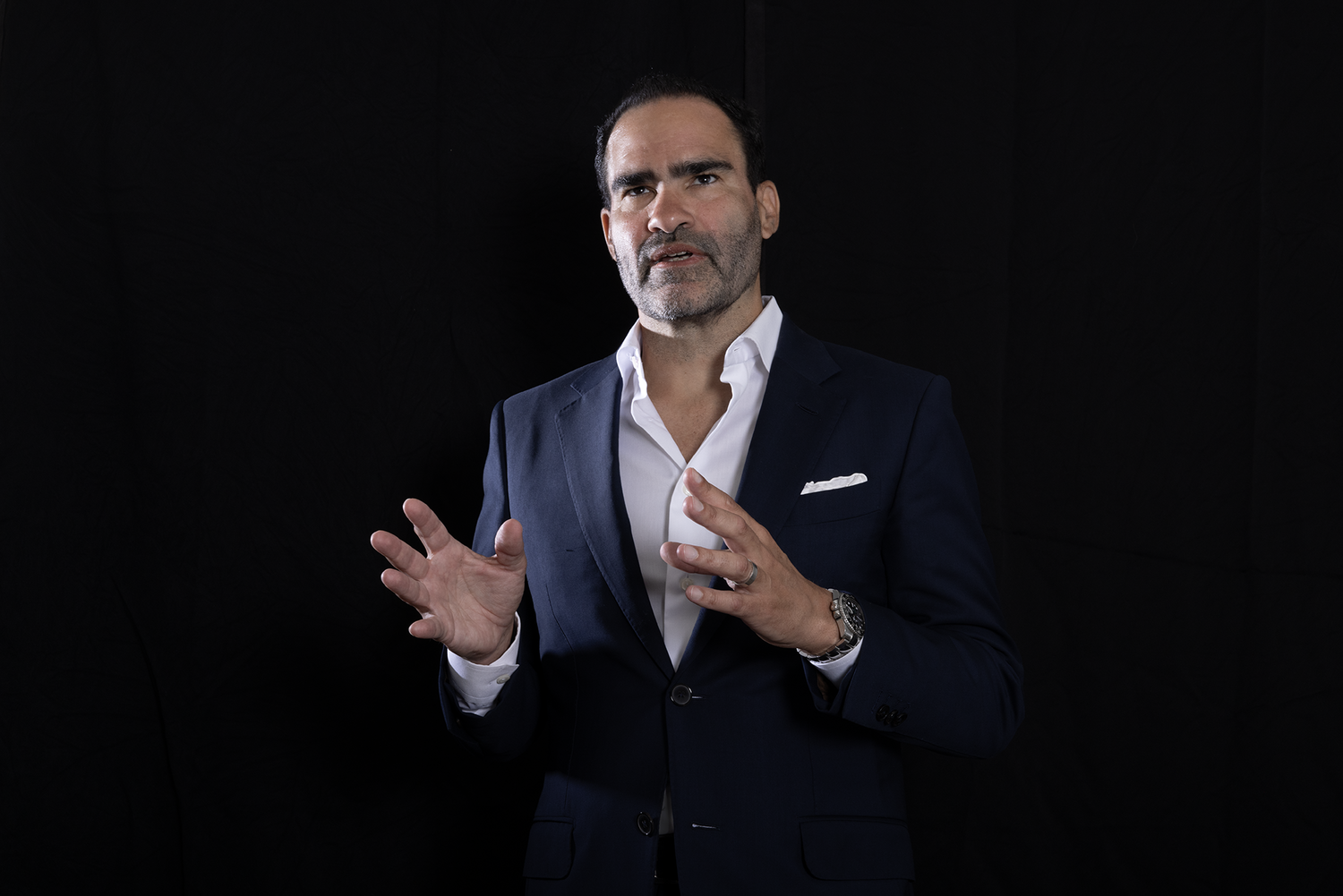Équité Intelligence News
Keep yourself In the loop and stay updated.
Thank you!
Copyright © 2025 Équité X Agency, LLC All rights reserved

Subscribe now
Gain industry news and perspective with our Équité Intelligence
Luxury Business Newsletter
Thank you!
